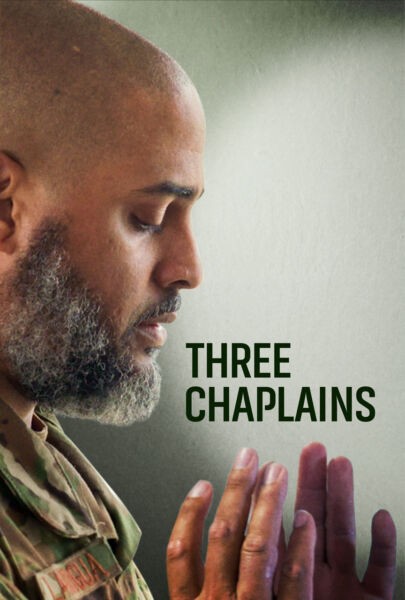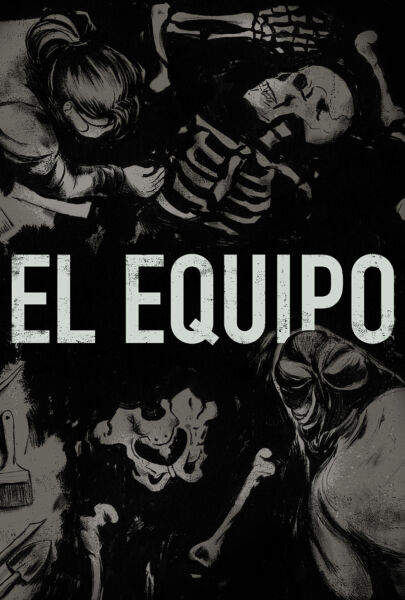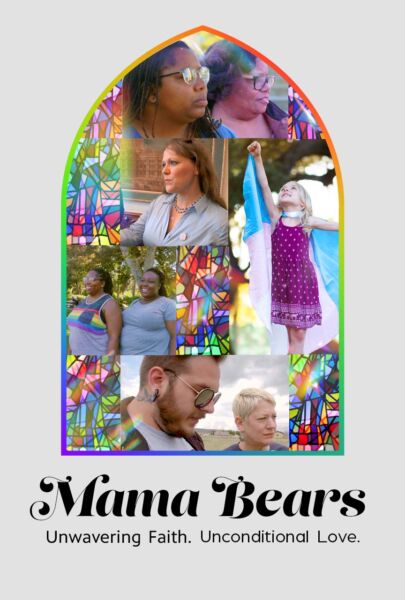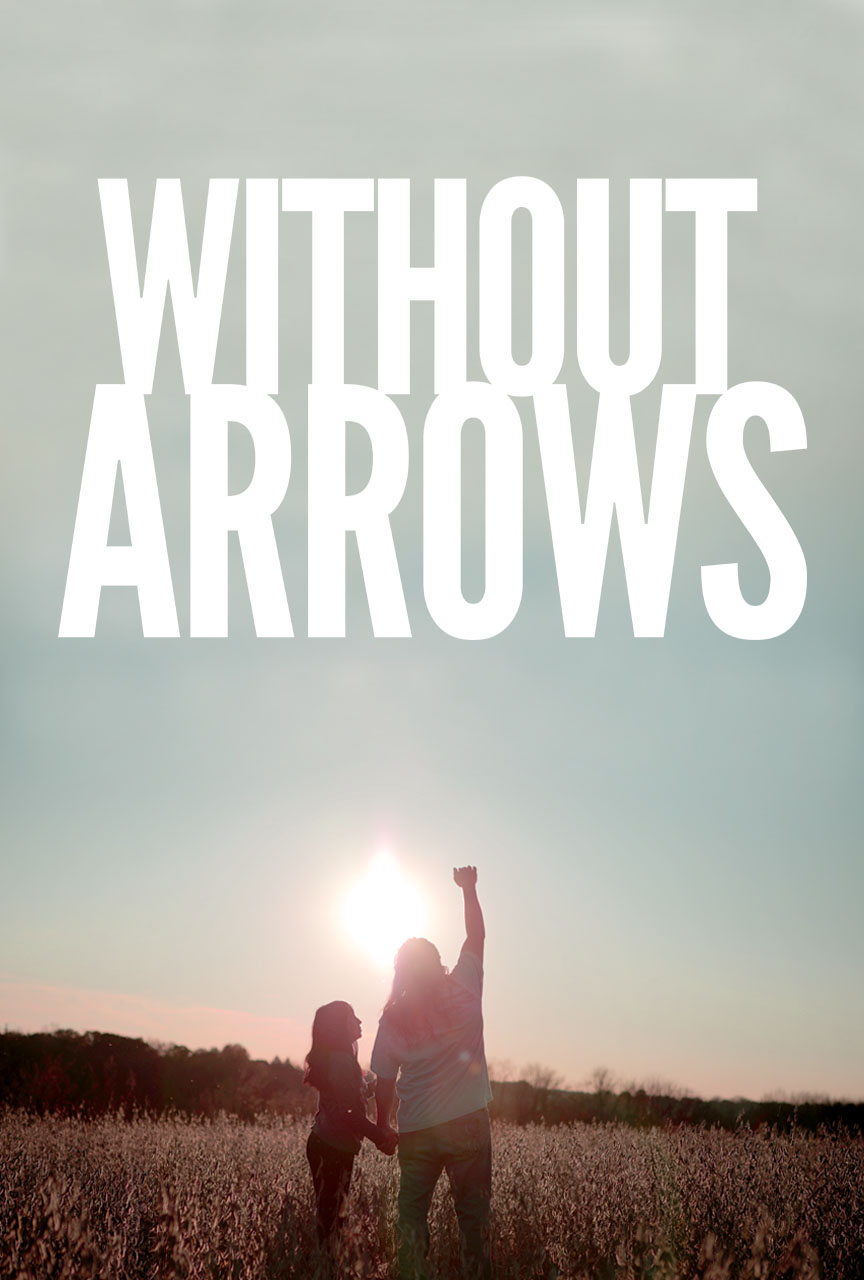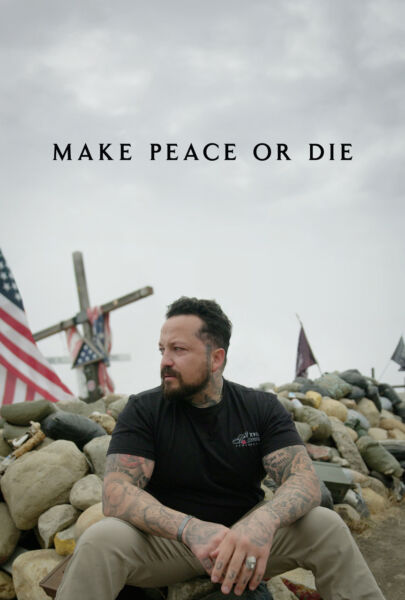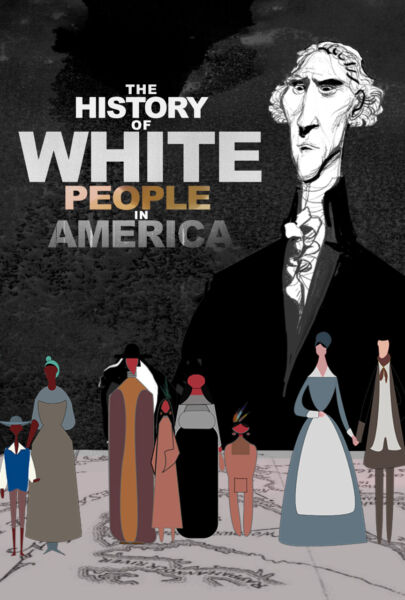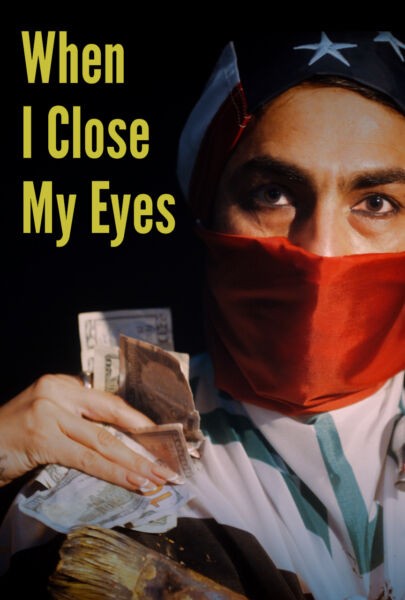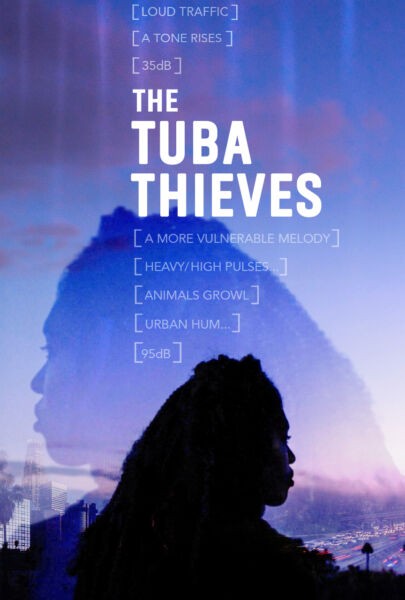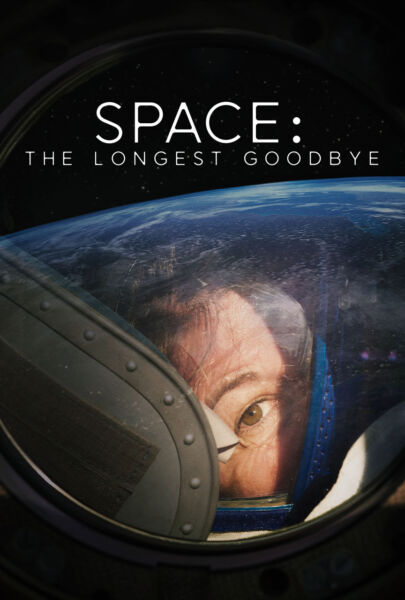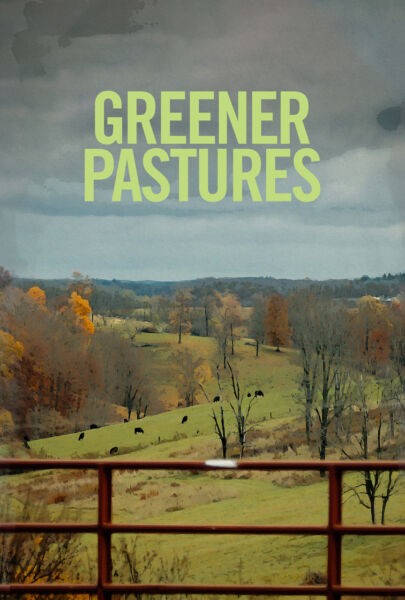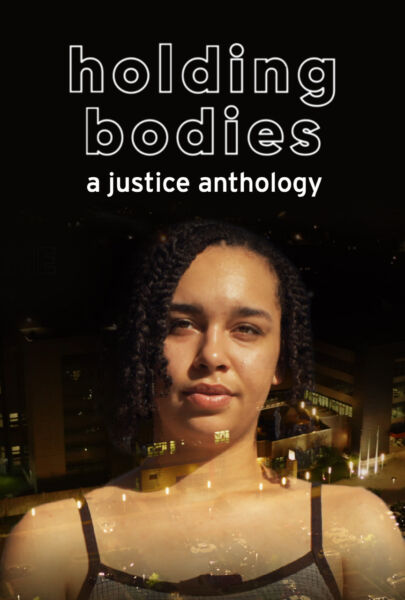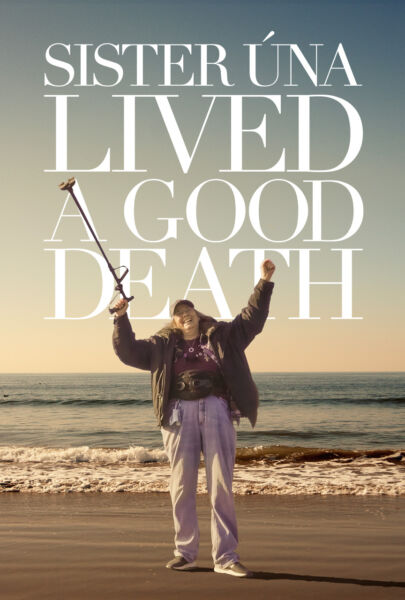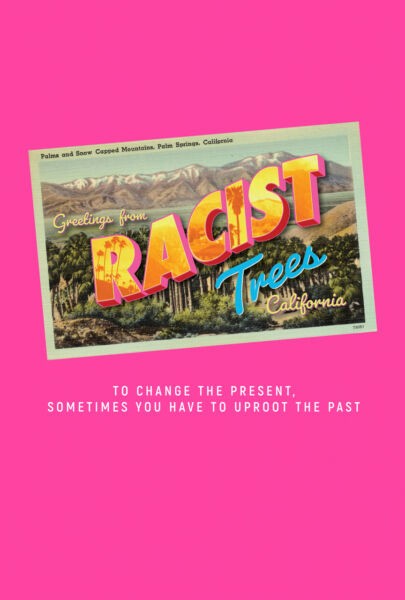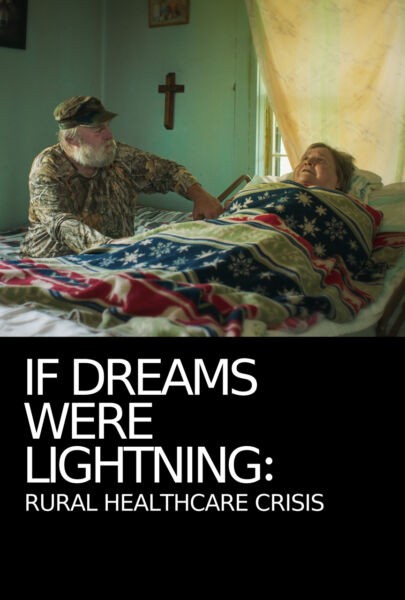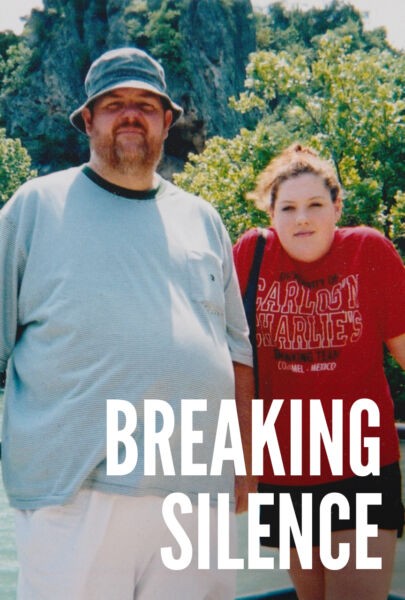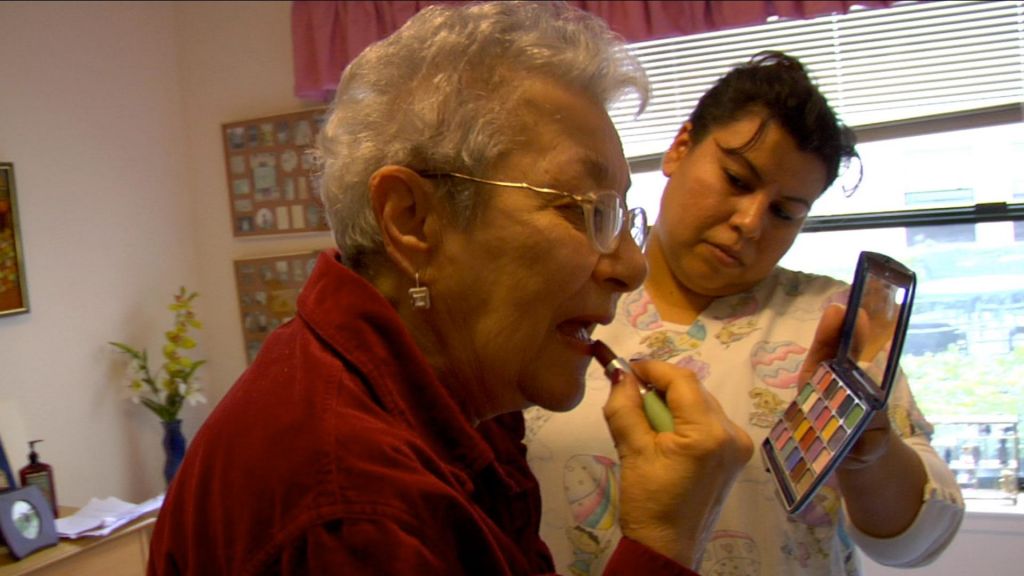
This week’s premiere of Scott Kirschenbaum’s You’re Looking at Me Like I Live Here and I Don’t has prompted an outpouring of stories from our viewers about the devastating disease. We caught up with the composer of the film’s score, Nadia Shihab, to find out how she approached putting the story to music. Her violin-based score is minimalist and melodic, incorporating repetition, delay, looping techniques, and improvisation.
How did you first become involved with this film?
I first met Scott Kirschenbaum at Grace Cathedral in San Francisco, where I had just finished performing as part of an art/sound collaboration. Soon after we were introduced, I learned that he was making a film about a woman named Lee who has Alzheimer’s and that it would be filmed entirely in an Alzheimer’s unit. I was intrigued and wanted to learn more, at which point he expressed an interest in collaborating on a film score.
What were your thoughts at the time?
To be honest, I was a little unsure at first how it would work. I’m used to working alone and just improvising with my delay pedal, so my music has a solitary wildness about it that can be unpredictable at times. I wasn’t sure I could deliver a polished body of work based on the vision of another artist and be accountable in that way.
Also, here in the Bay Area, we live in a hotbed of experimental noise. You can’t throw a stone without hitting another looping violinist or experimental sound artist. So it wasn’t clear to me why Scott was drawn to my sound more than anyone else’s.
What eventually persuaded you?
Well, I met Lee. Watching her odyssey within the walls of the Alzheimer’s unit, I understood why Scott wanted my music to be the soundtrack of her journey. When I play, I start with simple repetive rhythms that move suddenly into spaces of tension or discordance. I sensed the same unpredictability with Lee as she moved through the confines of her space. Her emotions swung like a pendulum between lightness and darkness, but then there was also this incredible joyfulness and resilience that came through when you least expected it.
How did you approach the score?
From the beginning, Scott was really open to experimentation, so we used my own intimate home recordings as a starting point for discussion and temp tracks. He was deeply immersed in the extremes of “coherence” and “incoherence” in Lee’s world, so I tried to let that come through in the improvisations that followed. The end result was a score that is quite minimal, but hopefully does justice to expressing the texture of her world.
Anything else you’d like to add?
I’m thankful to have had the opportunity to contribute to such a great project. I hope audiences appreciate the film and come out of it with greater empathy for the individuals and families affected by Alzheimer’s.


